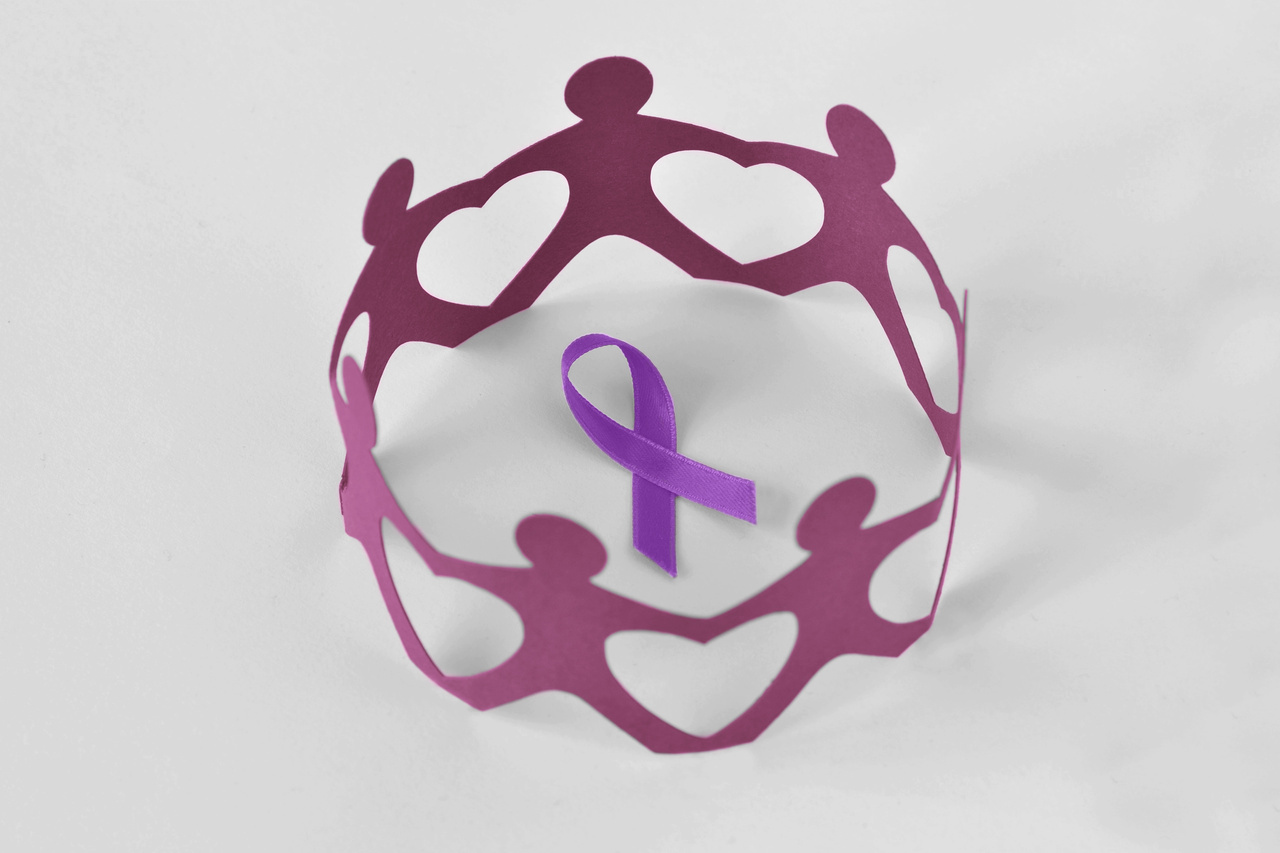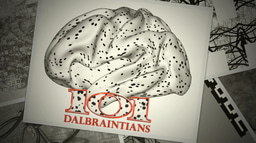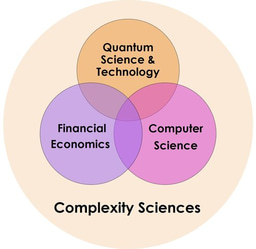Behind the book that tells a story of systemic courage: re-imagining responses to gender-based violence
Published in Social Sciences


Publishing an edited book as a first author is an exhilarating experience, but with it also comes great responsibility. It's not just my achievement, but a collective effort that involved the right publisher, commissioning editor, collaborators, peer reviewers, and a personal support network. This network, comprising close friends and family who generously dropped everything to help babysit my little one and sit and listen to my swirling ideas, played a crucial role in staying the course to deliver a stunning product. The book's bold and collective effort to focus on systems approaches to gender-based violence also emphasised thought-provoking research and case study examples.
What motivated me to embark on the book project Tackling Domestic Abuse and Sexual Violence: A Systems Approach? It was a profoundly personal journey, driven by a desire to make a meaningful impact in the fight against gender-based violence. Throughout my career, I have created spaces that unite survivors, academics, policymakers, and students to develop practical and innovative solutions for tackling domestic violence and abuse. In 2019, I established a research network addressing the siloed responses to domestic abuse, highlighting evidence-informed systemic responses to the complex issue.
Inspired by the co-designed concept of Theorised Hopes for Change, which holds that positive change is possible despite the odds and that hope is a necessary ingredient for driving systems change efforts, my work demonstrates how research can create positive ripple effects. For instance, by intentionally focusing on systems change through sound science, advocacy, and policy influencing in violence prevention and health.
In my work, I have seen firsthand the positive impact that (whole) systems coordination can have on a survivor — it can be the difference between saving a life and a survivor giving up and sadly ending their lives. My advocacy for systems theory and complex systems approaches through this book, and my ongoing work across different systems, have further brought these ideas to life within complex systems, which are interconnected and often unpredictable, making them challenging to understand and address.
I feel a deep sense of pride in the collaborative work that underpinned this pioneering step. Before that, I had led the first-ever systems-level evaluation of The Drive Partnership's national perpetrator programmes. I also led the Home Office-funded project on predictors of harm in marginalised communities in England and Wales, UK.
The book has reinforced my position as an academic-policy researcher/thinker and has contributed to advancing new collaborations with fellow researchers across disciplines. My long-term goal is to be the leading global expert in complex systems approaches to violence prevention and reducing health inequalities, and ultimately to support the achievement of international goals to reduce violence and health inequalities.
What would I do differently? There has been much debate about how academia's (over) reliance on impact and citation scores to define research value can be misleading. Nonetheless, as I was writing this blog, I asked Josie Taylor, the Commissioning Editor, how the book had done since it was published in the summer of 2024 and launched in November 2024. Josie shared that, in terms of usage, the book has had 2,500 single-chapter downloads, 2 citations, and 15 Altmetric mentions (15 on X, 2 on Dimensions, 2 on Bluesky). Plus 32 print sales and 3 e-book sales, which is standard/decent, as downloads are where we see most engagement these days. I am not an expert in publishing, but the book has done relatively well.
I further draw inspiration from Sven Lindquist's "Dig Where You Stand." This book was published in 1978 by those who, frustrated by the exclusion of workers from industrial history, wrote a comprehensive and accessible manual for workers to conduct their own historical research. Sven Lindquist's work has greatly inspired people and movements to discover their own histories (and stories) of change through different communities of practice, projects, and encounters. My goal is to amplify accessible engagement with systems approaches in strategy and policy design, translating academic knowledge into practical applications that call more people to be part of bringing about change in their own communities and systems.
Balancing theory and application can be challenging. But I like to think that with collective efforts and systemic courage, such as that evidenced by the positive reception to the edited book collection on tackling domestic abuse and sexual violence through a systems approach, there is hope that we can eradicate gender-based violence by examining the root causes through a systems lens.
Lastly, the "16 Days of Activism against Gender-Based Violence" is an international campaign that runs annually from November 25th (International Day for the Elimination of Violence against Women) to December 10th (Human Rights Day). Its goal is to raise awareness, promote gender equality, and call for action to end all forms of gender-based violence against women and girls worldwide. The focus this year is on the role of technology. The book also takes a socio-technical approach in three of its nine chapters, and some insights could be useful in grappling with the complexity of technologically facilitated intimate abuse, abusive image sharing among young people, and online abuse on campus.
Follow the Topic
-
Palgrave Macmillan is a world-class publisher of books and journals with more than 175 years’ experience in the Humanities and Social Sciences.





Please sign in or register for FREE
If you are a registered user on Research Communities by Springer Nature, please sign in